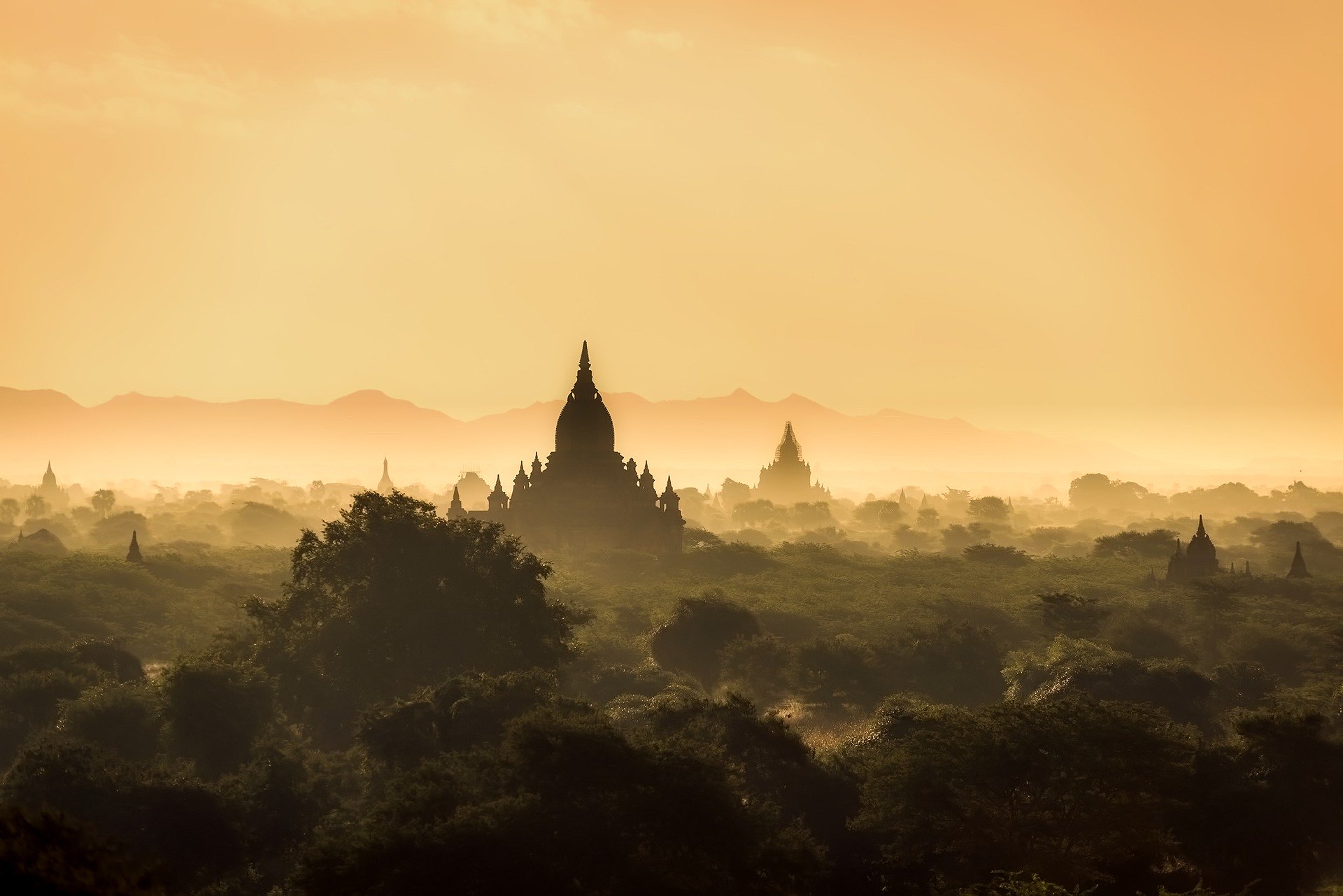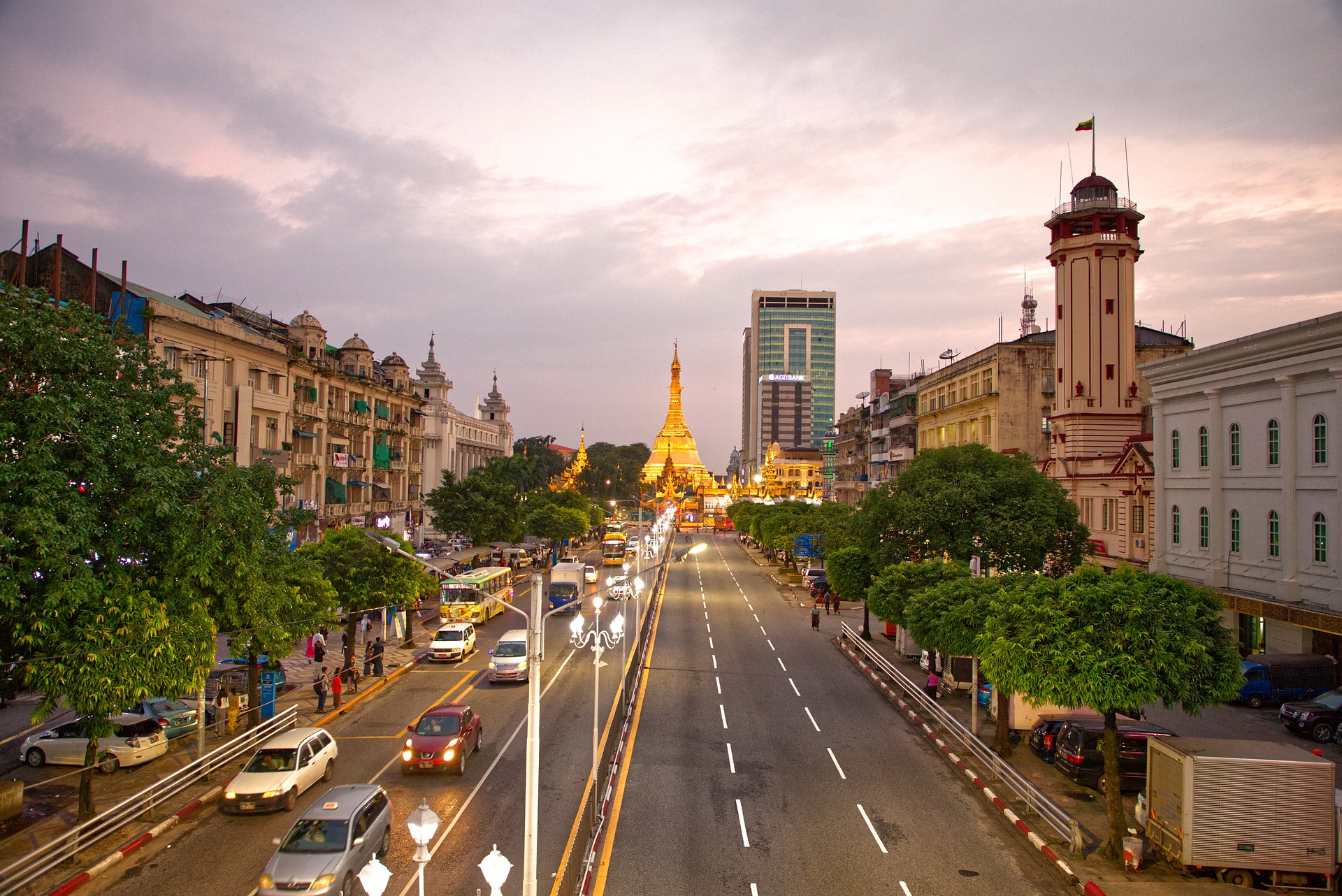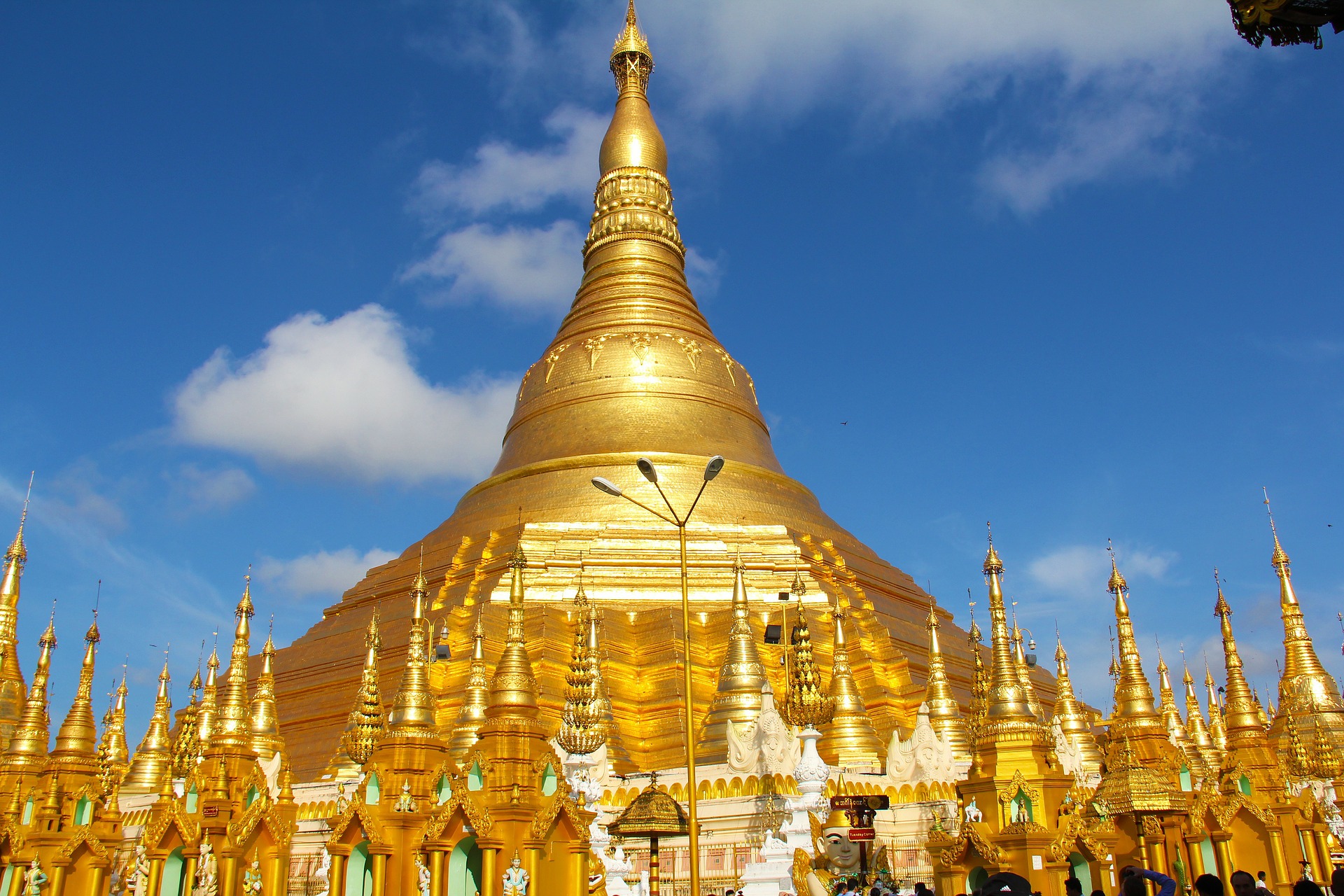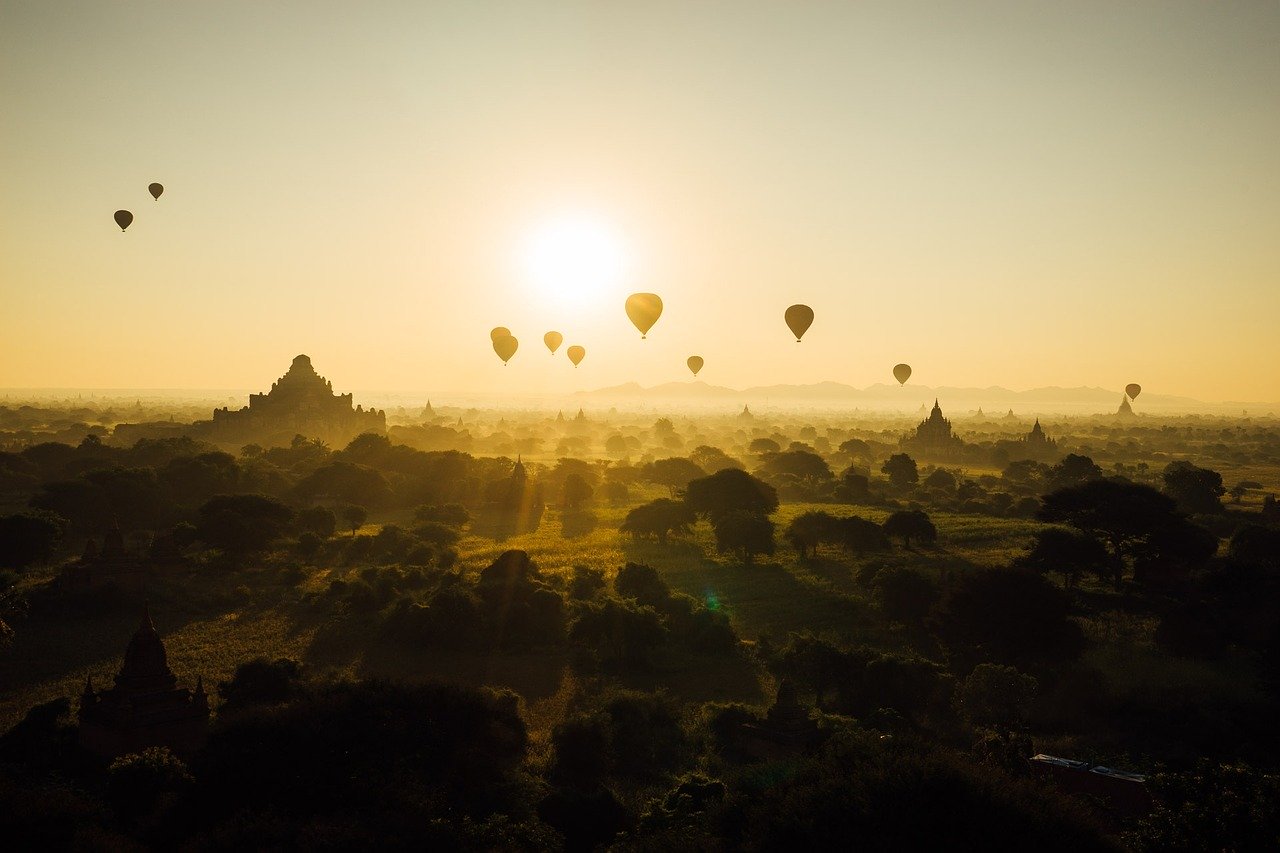Magical Myanmar (or Burma to most of us) 2019
Burma (or Myanmar as it has been renamed to remove all colonial connotations) is not an obvious tourist destination in spite of all the exoticism it conjures up.

It has had its share of political upheavals and more recently, the media spotlight firmly focused on the Rohingya minority. The latter is never as simple or straightforward an issue as the international press, religious/ethnic and other special interest groups would depict it. What is undeniable, however, is the impact on the Burmese people from the ready outrage across social media, never shy of castigating and reducing all things, even the more complex, to a single burning issue. Cue the Jack Dorsey Myanmar meditation trip outrage.
The Burmese are a profoundly religious and primarily Buddhist people. The number of temples per capita far exceeds any other nation’s which is one of the reasons why history and archaeology lovers are drawn to the country.
This cultural and historic heritage should be celebrated, as should be the wonderfully hospitable Burmese people, so many of whom we had the privilege to encounter on our 10 day long trip across this astonishing country.

Rangoon (or Yangon as it now is)
There is no direct flight from London to Yangon, so we took a one stop flight via Doha on Qatar Airways. The entire trip, including layover, is some 15 hours.
Qatar Airways’ reputation is not particularly good, even though the head pilots never miss a chance to remind you this is an “award-winning” airline.
Expect restricted seat space in economy, fairly shabby business and first class, and staff valiantly trying to pacify irate passengers. Meal trays not working properly, no entertainment on the long 6.5 hour leg from Doha to Yangon, meal selection not available on all flights, shambolic seat allocation in spite of pre-booked arrangements…
We finally landed in misty, humid and overcast Yangon one very early morning in late September, in the middle of monsoon season.
The mix-up about our flight arrival meant that the Strand Hotel limo was not there to meet us, a blessing in disguise as it turned out, because it gave us a chance to hire our own private chauffeur for the duration of the trip.
This was a longiy-clad Burmese taxi driver, English speaking, on the ball, and as obliging as they come, called Tommy King.
Driving some 30-40 minutes into downtown put in sharp relief the difference between Burma and its closest neighbours, Cambodia and Vietnam, which we visited a mere 9 months earlier. Our memories still fresh from that epic trip, we were delighted to see that motorbikes are banned from Yangon and that its streets are scrupulously clean and plastic refuse bag-free.
The ubiquitous black mould attacking most buildings does detract to some extent from the first impression of relative prosperity, but one makes allowances because of the constant and all-pervasive humidity.
And then, there is this whole faded grandeur of old colonial buildings, many in the grips of decay, but some restored to their original splendour.

The Strand Hotel is firmly in the latter category and what a pedigree it has!…
Read our review of the hotel here.
Dinner was at a newly open Burmese food restaurant in a restored historical building.
Owned by Mya Myitzu, an interior designer and her chef husband, and backed by a HK investor, The Pansodan is a must-visit eatery in Yangon.
We ordered the butter fish wrapped in a banana leaf, the pork stuffed chillies, the home made pate and the baked marrow bones with a dry shrimp crust.
Our hosts opted for a baked organic chicken and the national dish, Mohinga soup.
The Pansdodan specialises in reinventing traditional cooking with a contemporary, creative twist and achieves this very, very well.
Definitely on your must-visit list when in Yangon.
It was at the Pansodan that we were first introduced to Sharky, described to us as the “godfather of Burmese restaurateurs”.
Sharky
A hugely engaging Burmese, speaking perfect English, Sharky grew up primarily in Switzerland where his father was a diplomat. He had a taste of running a nightclub (his own) in Europe and was, by all accounts, quite successful, but somewhere along the line decided to return to his native Burma.
He is quite the personality: organic farmer, experimental chef, bon vivant and raconteur extraordinaire, and his two restaurants in Yangon are a magnet for resident expats and tourists alike.
He also has a restaurant in Old Bagan, a great resting outpost on the temple trail.
Passionate about food and keeping impeccable ecological credentials, Sharky perceives the food chain as sacred. If he is not farming it, he is outsourcing it with the utmost care.
It is at Sharky’s that you can degustate both superlative European dishes, often with a twist (he has developed his own black garlic recipe) and local Burmese specialities, such as the salmon Mohinga (a delectable soup of rice noodles, fish and soft boiled egg, delicate or spicy based on your choice of condiments).
Sharky takes justifiable pride in producing his own cheeses (the truffled variety is to die for, even if it is very, very rich indeed), ice cream, foie gras and prosciutto ham on the bone.
You can buy some of his products, including the outstanding farm sausages with the Sharky signature mustard, at the delicatessen area of the restaurant.
We visited one of his Yangon establishments on the eve of our return flight to Europe and were treated to a colourful narrative of his life story and success trajectory by the man himself. What makes him so engaging, however, is his contagious zest for life, passion for food, and love of his country.
The historical temples of Bagan, a UNESCO site

You cannot visit Myanmar (Burma) without taking a trip to Old Bagan and Mandalay.
Old Bagan is an ancient city and a UNESCO World Heritage Site located in the Mandalay Region. From the 9th to 13th centuries, it was the capital of the Pagan Kingdom (11 to 13 century), during which time 4,446 Buddhist temples, pagodas and monasteries were constructed, of which the remains of 3822 temples and pagodas still survive to the present day.
You can fly from Yangon to Bagan or Mandalay by KBZ or Myanmar Airways, a domestic flight that takes just over an hour and costs approximately £80.
We flew to Bagan and stayed at the Heritage Hotel. Read our review here: http://thetastemaker.org/heritage-hotel-bagan-myanmar/
The people of Burma
The last word should go to the best Burma has to offer: the Burmese people.
Talented craftsmen, hard-working farmers, resourceful city dwellers, young entrepreneurs and just ordinary folks going about their business are ever-obliging, smiling, hospitable, forthcoming…
Burma has an astounding number of temples and pagodas, quite different from those in Siem Reap but no less remarkable. It has a rich culture and a past that pulses through its veins, impervious to political agendas, economic vicissitudes and travel trends.
The food, although distinctly Asian, is nuanced enough to merit its own magazine or book feature.
We were saddened to find that the Burmese lose out on tourism income to the more developed and commercially savvy Thailand.
But to borrow a word from several of the Europeans we encountered on our travels across the country, what Myanmar has going for it is the absence of “contamination” or over-commercialisation. With spectacular beaches waiting to be discovered, untapped resources, a micro-economy bursting at the seams, ready to expand, and the human capital of a people who learn fast and strive to do better, Myanmar or Burma to give it its more exotic and better known name, is poised to become the coolest Asian destination for the travel cognoscenti.


